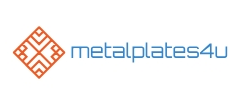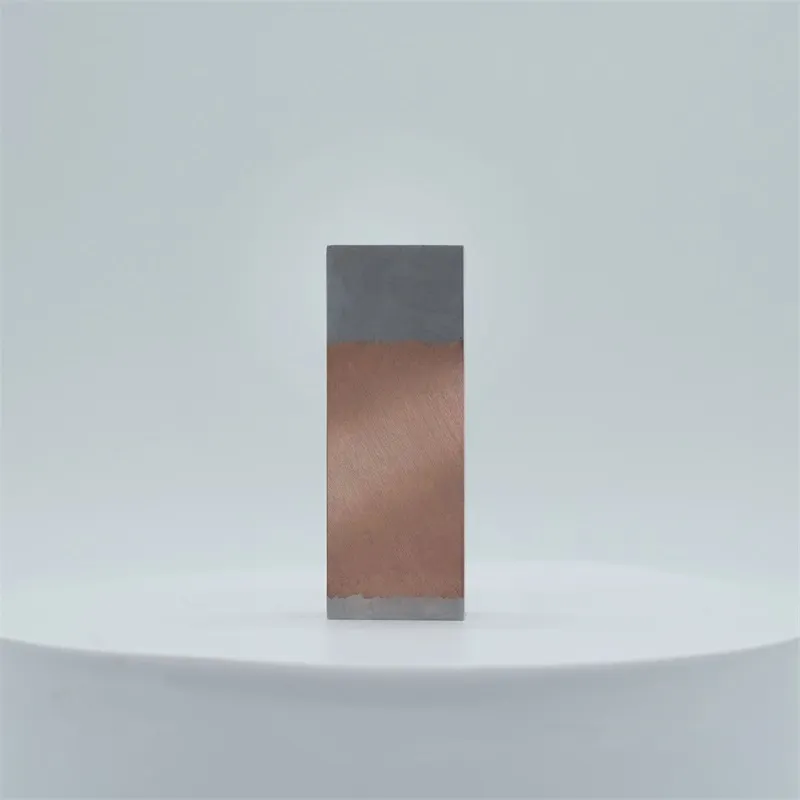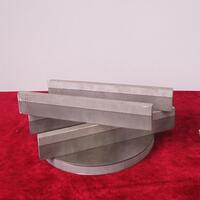1. Introduction
Just 24 hours ago, the U.S. Green Building Council announced a major update to LEED v5 standards, placing stronger emphasis on durable, low-maintenance exterior materials—including metal clad systems. This timely shift underscores growing industry interest in sustainable, long-lasting building envelopes, making now the perfect moment to explore what ‘metal clad’ really means and why it matters.

Whether you’re an architect, contractor, DIY homeowner, or just curious about modern construction, understanding metal clad is essential. From sleek corten steel facades to rugged corrugated steel siding and even specialized electrical wiring, ‘metal clad’ spans multiple industries and applications. Let’s break it all down.
2. What Does ‘Metal Clad’ Mean?
At its core, ‘metal clad meaning’ refers to a composite material or structure where one metal (or alloy) is bonded to another—typically to combine desirable properties like corrosion resistance, strength, conductivity, or aesthetics. This process is known as cladding.
The term ‘clad metal meaning’ is often used interchangeably with ‘metal clad,’ though technically, ‘clad metals‘ describe the resulting layered material. Common combinations include aluminum clad steel, stainless clad aluminum, copper nickel clad, and titanium clad—each engineered for specific performance needs.
3. Architectural Uses of Metal Clad
3.1. Metal Clad Walls and Facades
Modern architecture increasingly favors metal clad walls for their durability, minimal maintenance, and striking visual appeal. Popular choices include corten steel facade panels, which develop a rust-like patina over time, and zinc facade systems that offer a sleek, contemporary look.
Other trending options include corrugated steel facade panels for industrial-chic aesthetics and vertical standing seam metal siding for clean, linear profiles. Brands like PAC Clad offer systems such as PAC Clad standing seam roofs and PAC Clad column covers that integrate seamlessly into high-end commercial designs.

3.2. Metal Clad Roofs and Siding
Metal clad roofs are prized for longevity—often lasting 50+ years. Options range from colorbond standing seam systems to zinc clad roofs and exterior corrugated metal siding. Homeowners building a metal clad house often choose materials like corten steel siding or copper siding for unique character.
For sheds or utility buildings, a metal clad shed with aluminum or galvanized steel siding offers affordability and weather resistance. Meanwhile, zinc metal siding and zinc clad dormers provide elegant detailing for residential projects.
3.3. Cost Considerations
While premium materials like corten steel siding cost more upfront—typically $8–$15 per square foot installed—their lifespan and low maintenance often justify the investment. Corten siding cost varies by region and finish, but it’s increasingly competitive as demand grows.
4. Industrial and Technical Applications
4.1. Clad Metals in Manufacturing

Beyond architecture, clad metals play a vital role in aerospace, automotive, and chemical processing. Examples include 2024-T3 clad aluminum for aircraft skins, 7075-T6 clad for high-strength components, and alloy clad sheets that combine lightweight cores with corrosion-resistant surfaces.
Specialized products like aluminum clad stainless steel or stainless clad aluminum optimize thermal and mechanical performance. Inconel 625 weld overlays and chrome carbide plates are used in extreme-wear environments like mining and power generation.
4.2. Metal Clad Electrical Wiring
In electrical systems, ‘metal clad’ refers to armored cable with a flexible steel or aluminum sheath—often called metal clad wire or MC cable. This type protects conductors from physical damage and is widely used in commercial buildings, including in Pennsylvania, where code permits its surface mounting and outdoor use when rated.
Variants include aluminum clad steel wire, cu clad wire (copper-clad), and aluminum clad wire—each chosen based on conductivity, weight, and cost. Always verify local codes before installation.
5. Metal Plates and Sheets: The Building Blocks
Many clad systems start with base metal plates. Common types include mild steel plate, stainless steel plate (like 316 or 304L grades), aluminum 6061-T6 plate, and corten steel plate. Thicknesses range from 1/8 inch steel plate to thick steel plate for structural use.
Specialty plates include diamond plate steel (for slip resistance), perforated plate (for ventilation or design), and aluminum tread plate for industrial flooring. You’ll also find brass plates for engraving, titanium plates for aerospace, and nickel sulfamate or electroless nickel coatings for precision engineering.
6. Sustainability and Future Trends
With LEED v5’s new focus on resilient materials, metal clad systems are gaining traction for their recyclability, longevity, and energy efficiency—especially when paired with metal clad insulation. Aluminum clad pipe insulation, for example, reduces thermal loss in HVAC systems.
Innovations like PAC Clad HWP (high-performance wall panels) and PAC Clad coping systems demonstrate how metal cladding is evolving to meet stricter environmental and performance standards.
7. Conclusion
From the sleek lines of a steel clad building to the hidden strength of metal clad electrical wire, ‘metal clad’ is far more than a buzzword—it’s a versatile, high-performance solution across industries. Whether you’re selecting a corten steel facade for your home or specifying clad metals for industrial use, understanding the options ensures smarter, more sustainable decisions. As building codes and green standards evolve, metal clad will undoubtedly remain at the forefront of modern design and engineering.
Our Website founded on October 17, 2012, is a high-tech enterprise committed to the research and development, production, processing, sales and technical services of ceramic relative materials such as 10. Our products includes but not limited to Boron Carbide Ceramic Products, Boron Nitride Ceramic Products, Silicon Carbide Ceramic Products, Silicon Nitride Ceramic Products, Zirconium Dioxide Ceramic Products, etc. If you are interested, please feel free to contact us.
